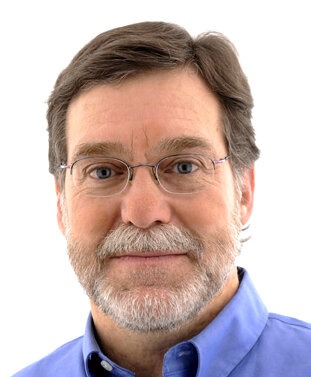It is published simultaneously by RECNA-Nagasaki University, Asia Pacific Leadership Network for Nuclear Non-proliferation and Disarmament (APLN), and Nautilus Institute.

THE ROLE OF MISSILE DEFENSE IN NORTH-EAST ASIA
David Wright
Prepared for the
Project on Reducing the Risk of Nuclear Weapons Use
in Northeast Asia (NU-NEA)
Co-sponsored by
The Research Center for Nuclear Weapons Abolition, Nagasaki University (RECNA),
The Nautilus Institute for Security and Sustainability, and
The Asia-Pacific Leadership Network for Nuclear Non-Proliferation and Disarmament (APLN)
with cooperation of
Panel on Peace and Security of Northeast Asia
Additional funding by the MacArthur Foundation
January 12, 2022
This paper discusses specific types of missile attacks the Democratic People’s Republic of Korea (DPRK) might launch in a conflict and identifies the key sources of uncertainty that US and allied political and military leaders must take into account in assessing how effective defense systems might be in stopping these attacks. A key finding is that while missile defenses might be able to blunt some kinds of attacks, the DPRK will have options for retaliatory missile attacks that can reach their targets despite the presence of defenses, and Pyongyang will know which options those are. The existence of this second set of cases is crucial for US and allied leaders to recognize if they are considering taking actions under the assumption that defenses will be effective in protecting US and allied populations.
Keywords:
Missile Defense, Nuclear-weapon Use, DPRK, United States, Northeast Asia
Authors’ Profile:

David Wright is a research affiliate in the MIT Department of Nuclear Science and Engineering’s Laboratory for Nuclear Security and Policy. From 1992 to 2020 he was a researcher with the Global Security Program at the Union of Concerned Scientists, serving as co-director of the program from 2002 to 2020. Previously he held research positions in the Defense and Arms Control/Security Studies Program at MIT, the Center for Science and International Affairs at Harvard’s Kennedy School of Government, and the Federation of American Scientists. He received his PhD in theoretical condensed matter physics from Cornell University in 1983 and worked as a research physicist until 1988.
This work was supported in part by the Program on Science and Global Security, Princeton University.

















